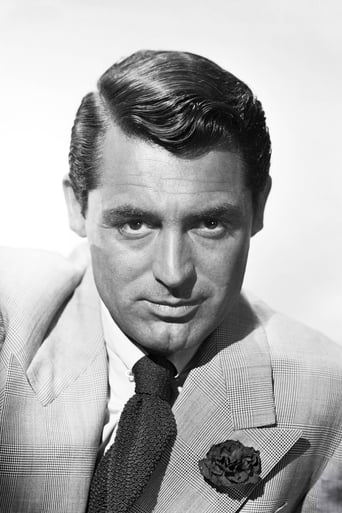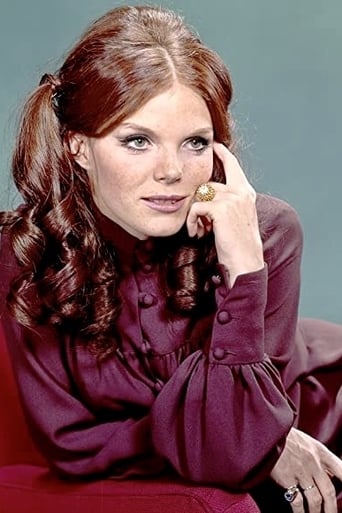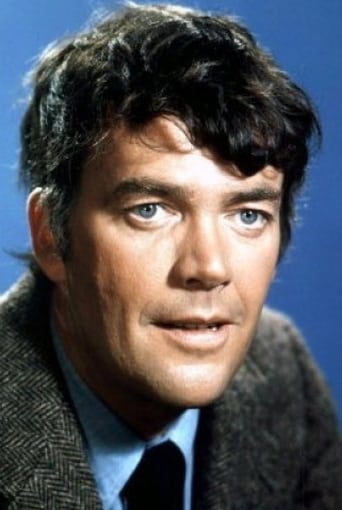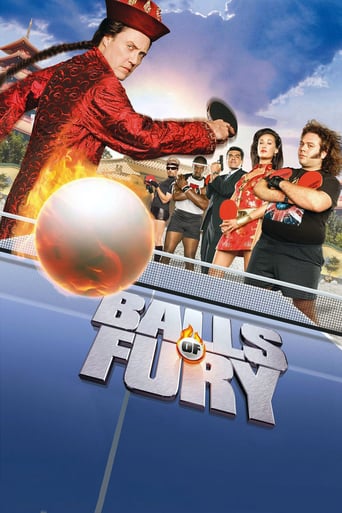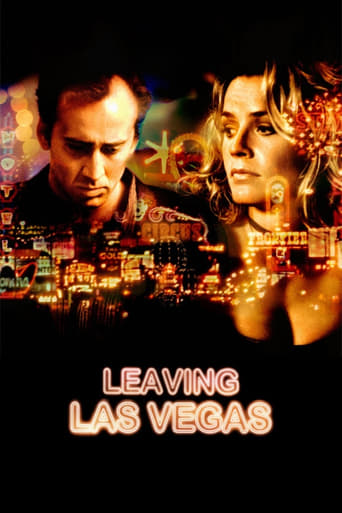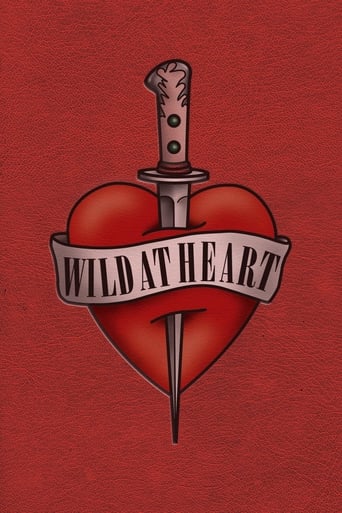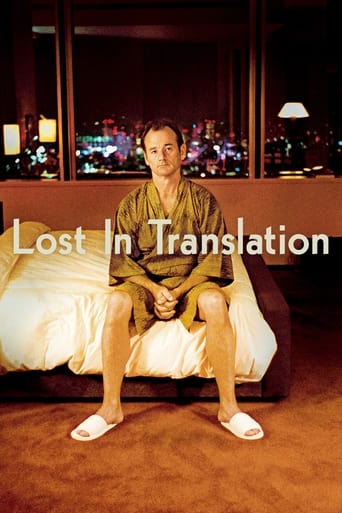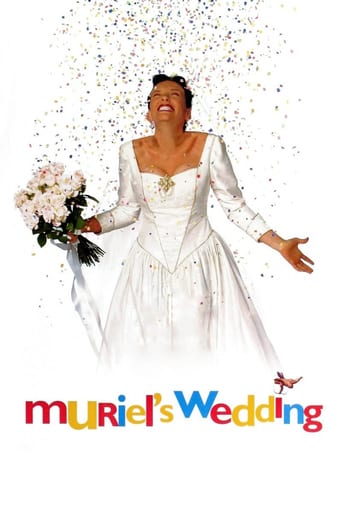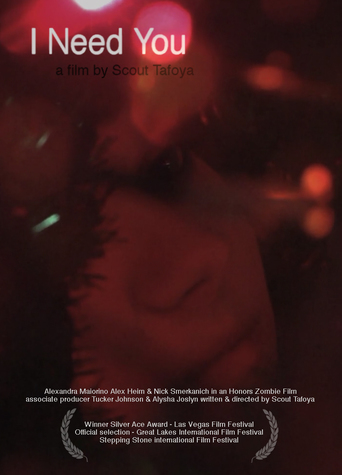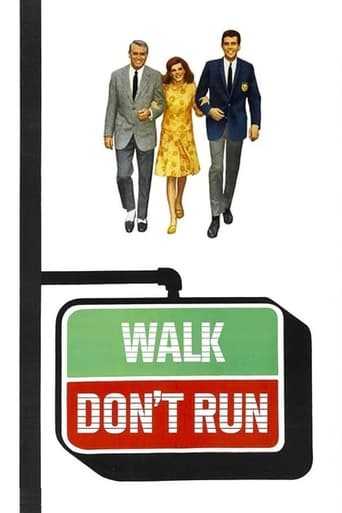

Walk Don't Run (1966)
During the housing shortage of the Summer Olympic Games in 1964, two men and a woman share a small apartment in Tokyo, and the older man soon starts playing Cupid to the younger pair.
Watch Trailer
Cast
Similar titles

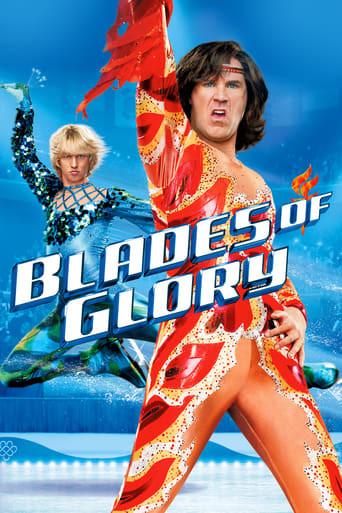
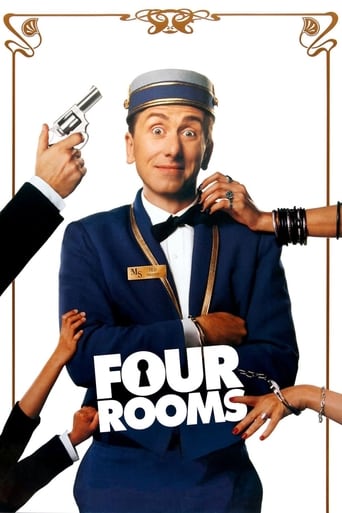
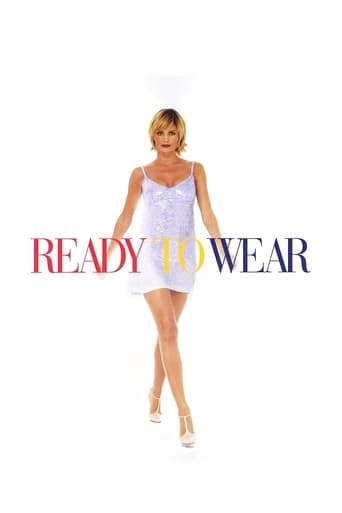
Reviews
Good concept, poorly executed.
This is one of the few movies I've ever seen where the whole audience broke into spontaneous, loud applause a third of the way in.
This is one of the best movies I’ve seen in a very long time. You have to go and see this on the big screen.
The acting is good, and the firecracker script has some excellent ideas.
Filmed in Panavision. Color by Technicolor. A Sol C. Siegel Production: A Granley Company Presentation: A Columbia Pictures Release. Executive producer: Cary Grant. Copyright 1 July 1966 by Walk Co. New York opening at Loew's State and 22 other cinemas: 24 August 1996. U.S. release: 29 June 1966. U.K. release: 5 August 1966. The movie fared so poorly in Australia, Columbia didn't even bother to record a release date. I think it opened in Sydney at the Lyceum. 10,220 feet. 114 minutes.SYNOPSIS: In Tokyo during the Olympic games, English industrialist Sir William Rutland is unable to find a room until he talks lovely young Christine Easton into letting him share her apartment. Later, meeting American athlete and architect Steve Davis, Rutland sneaks him into the place as well. Morning is especially complicated in the tiny apartment, what with breakfast and the bathroom and Christine's irate discovery of Steve's presence. Christine is engaged to a British Embassy official, Julius Haversack, whom Rutland finds a complete bore, especially when he becomes officious after Christine, now "living" with two men, also is suspected of espionage.NOTES:A re-make of "The More the Merrier". Location scenes filmed in Japan. Cary Grant's last movie prior to his permanent retirement from the screen. With a domestic rentals gross of $4 million, the movie was a top box-office success in the U.S., but overseas it failed to pull in the customers. John Standing's mother is Kay Hammond, his grandfather was Sir Guy Standing. COMMENT: Charles Walters is not one of my favorite directors, but he has used the CinemaScope screen with moderate effectiveness here. Of course he does have the advantage of a superior script. It's very funny. Even though it omits two of the original's best jokes. And even though the present cast, Grant excepted of course, isn't half as attractive as the old.The change of setting from wartime Washington to Olympiad Tokyo is both apt and agreeable. In keeping with this updating, the scriptwriter has contrived new second and third acts that are just as engaging as the original. In fact some of the new jokes are very hilarious indeed!
One of the most charming films of the '60s, this was actually filmed during the 1964 Summer Olympics in Tokyo. It's a remake of a 1940s film, but the supersaturated Technicolor and all the other 60s aesthetic sensibilities make it an iconic film in its own right. There's so much that made this movie memorable for me: the dialog, the cast, the location, the music...This was Cary Grant's last film and he is very amusing as Sir Rutland. The rest of the cast are equally endearing & unforgettable. It was funny how many scenes of this movie were still fresh in my mind after so many years, like Christine's kimono, the two Japanese kids on the stairs, the coffee percolator, the hilarious walking marathon, the Shoji screens (which become their own character in the film!) Pure joy!
This film is a remake of a 1940s film, but the supersaturated Technicolor and all the other '60s aesthetics & sensibilities make it an iconic film n its own right. There's so much that made this movie memorable for me: the dialog, the cast, the location, the music... this was actually filmed during the 1964 Summer Olympics in Tokyo. It was Cary Grant's last film and he is very amusing as Sir Rutland. The rest of the cast are equally endearing & unforgettable. It was funny how many scenes of this movie were still fresh in my mind after so many years, like Christine's kimono, the two Japanese kids on the stairs, the coffee percolator, the hilarious walking marathon, the shoji screens (which themselves were like characters in the story.) Pure joy! ~NN
Walk Don't Run (1966)In my book, Cary Grant can do no wrong, and he absolutely makes this movie. It's a bit of a 1960s farce, and is maybe exactly what everyone was reacting against with the shift in movies around this time to greater realism and pertinence. This has neither!But that's okay, it has beauty (the sets, architecture, and widescreen filming are all really fabulous) and innocence, which is weird to remember. Even sweet romances from our time, like Sleepless in Seattle, don't have the same pure innocence of this, which I think is genuine in its own way. The scene is mid-60s Tokyo, which is hard to beat for interest (and great cars). The plot? Oh, I'm not sure it actually has one that matters, except boy meets girl. It's mostly like a super high class situation comedy, and the comedy is more important than the situation. And more important than both is Cary Grant, who is in great form. Yes, Jim Hutton is there (and he's fine but forgettable) as well as the female lead, Samantha Eggar (who is not as fine, but is fine anyway, and also forgettable). But then there is Cary Grant. There are even some odd gay gaze moments, where Grant, and the camera, check out the legs or body of a man (Grant, though married, was also gay, it appears). If you catch it it's almost shocking, but perhaps the audience was so innocent, as well, it was thought of as simply funny.So: drop Cary Grant beautifully in Tokyo and create a nonsensical series of little gags, and you have it. And it's Grant's last film.
